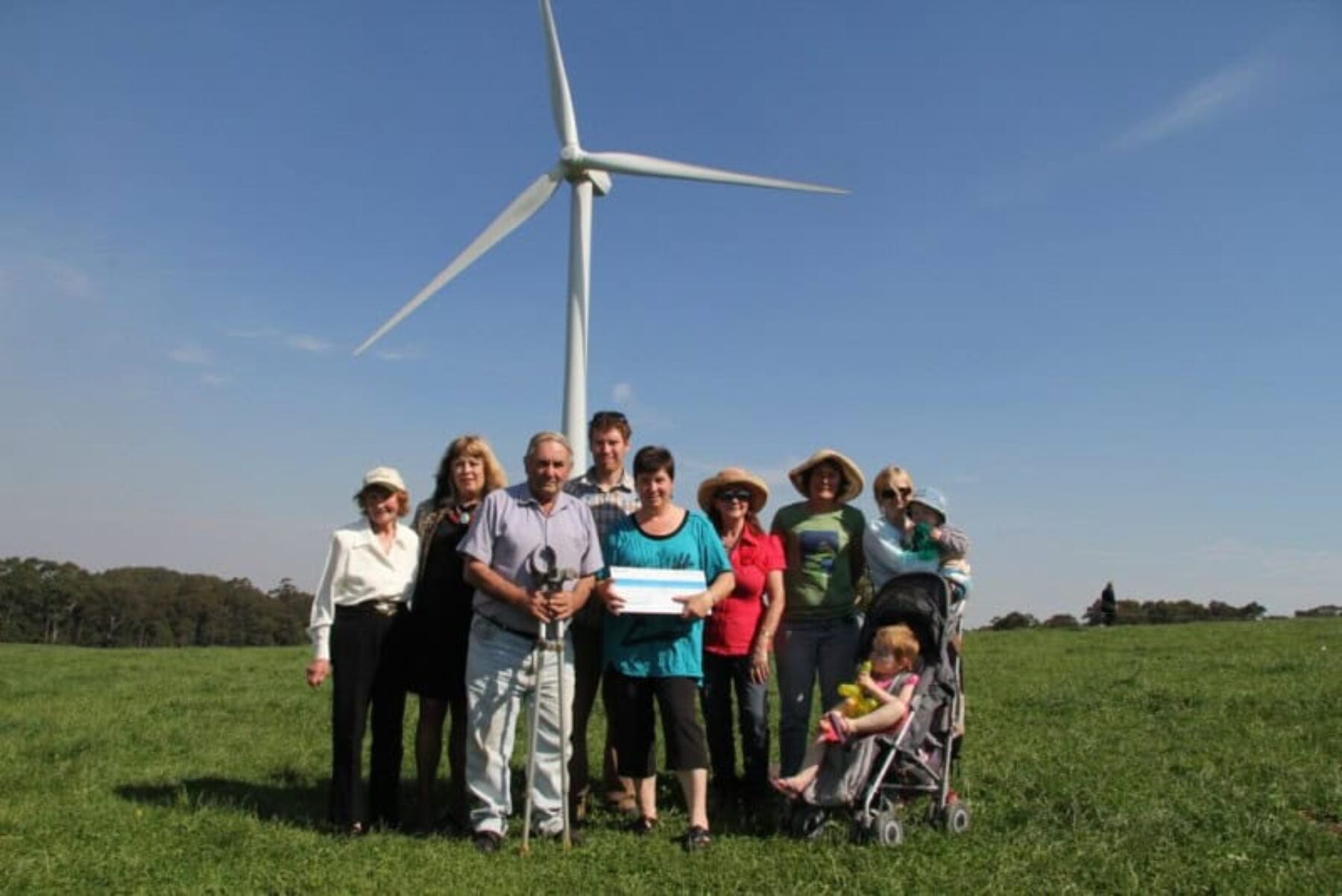Local people taking control of energy generation in their area is the key to a sustainable future, argues Clare Martynski
Whether it’s headlines about rising energy bills, statistics revealing the near rock bottom levels of trust the UK population has in our energy providers or evidence that more families are in fuel poverty than at any time for a decade, it’s clear that our current energy system is under strain and increasingly unfit for purpose.
Transforming this essential system is critical if we are going to shape a brighter, sustainable future. But to do so is also very complex and will require a number of big shifts to occur across the system. Without doubt, there will need to be big, centrally-directed overhauls of infrastructure, and large investment from pension funds and big business will be essential.
But there is another more exciting aspect of this transformation, which is beginning to take hold, and that has captured the imaginations of people across the UK.
Originally driven by a few pioneers with a vision of a more local, cleaner energy future, community energy – local people coming together to generate, own and save their energy – is growing in scale and impact. Since 2008, there have been more than 5,000 UK communities working to transform how they use energy, from owning generation technologies, such as wind turbines and solar panels, to increasing the efficiency of community buildings or local housing stock. And with the recent launch of the government’s Community Energy Strategy, more and more communities are set to receive help and advice on getting projects off the ground.
So, when the level of change required is so huge, why is community energy such an important part of the transformation in the UK?
Local problems need local solutions
Although the current energy system is a centralised one, breaking the transformation challenge down to a local level means that solutions can be tailored to the specific needs of the community. No one size fits all when it comes to energy. A manufacturing town in the Midlands, for example, will have very different energy needs and opportunities to a Cornish fishing village; a community with access to lots of flat roof space may opt for a different approach to a riverside village.
Benefits the many, rather than the few
More than 90% of us purchase our energy from one of the ‘big six’ energy suppliers, and while energy bills rose, these companies saw profit margins in the supply of gas and electricity rise to 4.3% in 2012, up from 2.8% in 2011. So whilst these half a dozen companies enjoy some healthy growth, their millions of customers have to fork out more for their energy.
Like what you’re reading? Positive News depends on your support to publish quality inspiring content. Please donate to help us continue pioneering a more constructive news media.
This is where community energy really takes the stage; by definition, it exists to benefit the many. Whilst any collective action to generate, own and reduce energy can be termed ‘community energy’, the legal structures required to apply for financial support, or to issue community shares are those that are set up for community or social benefit (e.g. IPS, CIC, charity, co-operative). So, if they use one of these forms, the group that operates your local wind turbine, for example, is required to put a good part of their profits towards the benefit of the community, such as alleviating fuel poverty.
And with the government’s plans for the Community Electricity Right even more could be benefiting in the future.
Builds community resilience
The increasing number of community-energy projects happening across the UK can to some extent be explained by the drive for local resilience. As well as being a source of local revenue generation, benefits of community energy include the development of local skills, stronger community networks and the retention of profits in the local economy.
When Camelford Leisure Centre was threatened with closure due to escalating costs, the local community came together to run the facility and installed a biomass boiler that reduced running costs to a sustainable level.
Accelerating the journey to a low-carbon future
Whilst many people in the UK want to see more renewable energy, the story is often a little different when wind farm is planned near their home. However, there is evidence that people are much more likely to support a renewables project within two miles of their home if it is community owned, with profits benefiting local people. The way to a low-carbon energy system, it appears, is in the community.
At Forum for the Future we have been working with a coalition of civil society organisations and sustainable energy expert to bring community energy to scale by 2020, with communities owning, generating and saving their own energy. This September, we will be running the second Community Energy Fortnight in association with Co-operative Energy, with events happening across the UK enabling people to see their local projects up-close and meet those who are directly benefiting from them.

